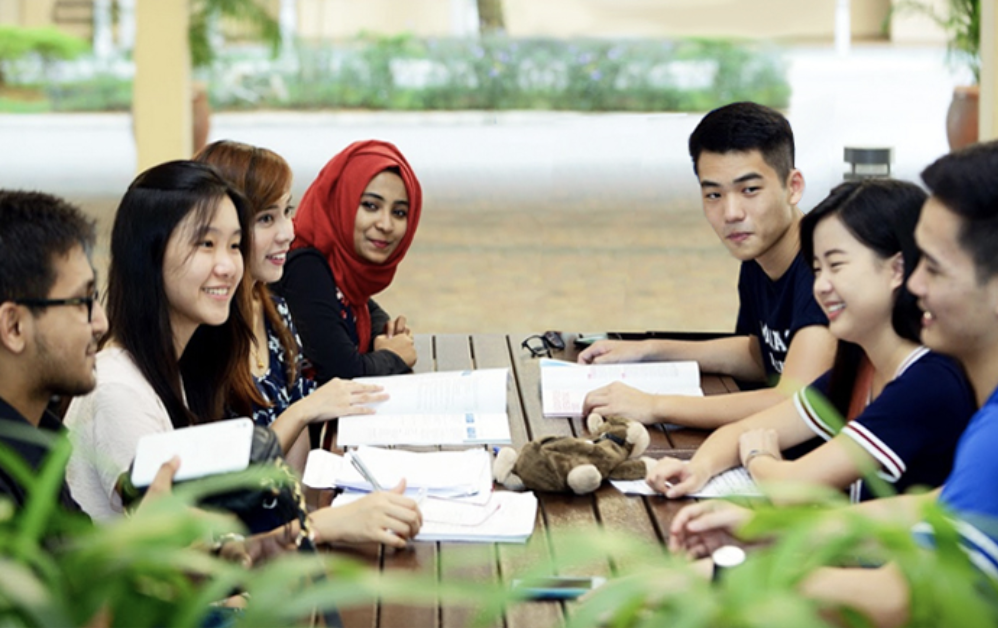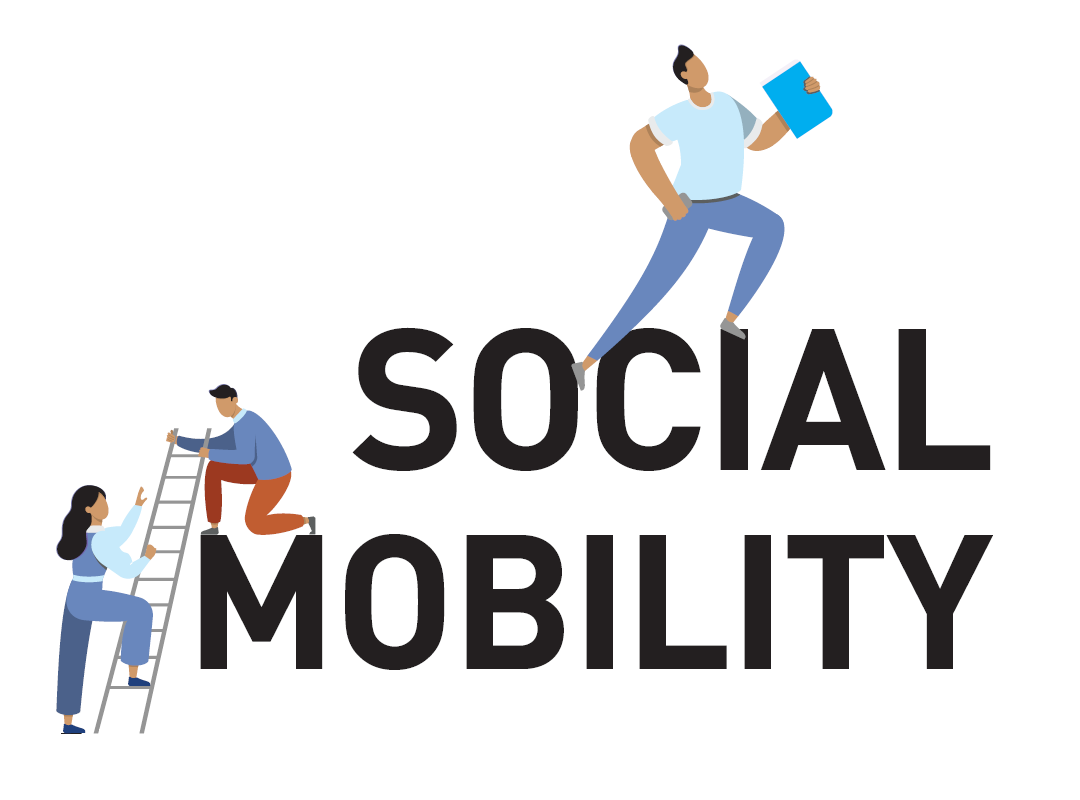Understanding Education & Social Mobility
Understanding the Relationship Between Education and Social Mobility

Source: wikiimpact.com
Understanding the relationship between education and social mobility – Education plays a pivotal role in shaping social mobility, influencing individuals’ opportunities and prospects. This article explores the complex relationship between education and social mobility across various historical contexts, examining the factors that contribute to both upward and downward movement within social hierarchies. It delves into the historical evolution of educational systems, the impact of socioeconomic factors on educational attainment, strategies for reducing inequality, methods for measuring social mobility, and future trends in education.
Historical Context of Education and Social Mobility

Source: makemyassignments.com
Throughout history, access to education has been unevenly distributed, reflecting societal power structures and prevailing social norms. Early educational systems were often limited to elite groups, perpetuating existing social hierarchies. The rise of mass education in the 19th and 20th centuries significantly altered this landscape, though inequalities persisted.
- Early educational systems were largely exclusive, often reserved for the aristocracy and clergy.
- The industrial revolution and the growth of the middle class spurred the expansion of educational opportunities, albeit often with limitations based on socioeconomic status.
- The 20th century witnessed significant strides in universal primary education, yet disparities in secondary and higher education remained prominent.
- Comparing educational systems across different historical periods reveals the evolving relationship between educational access and social status. For instance, the implementation of compulsory schooling laws in the 19th century broadened access to basic education, impacting social mobility for certain demographics, while simultaneously exacerbating existing inequalities for others.
A detailed timeline illustrating the historical progression of educational attainment and its correlation with socioeconomic status would visually represent the evolution of this relationship over time. This timeline would highlight key events, like the establishment of public schools, the expansion of higher education opportunities, and the introduction of educational reforms, alongside changes in socioeconomic indicators.
Educational Systems and Social Mobility, Understanding the relationship between education and social mobility

Source: wixstatic.com
Understanding how education affects social mobility is key. A big part of that is recognizing the importance of personalized learning experiences tailored to individual needs and learning styles, like this. If we can create learning environments that cater to diverse learners, we’re more likely to see a more equitable and impactful connection between education and social advancement.
Different educational systems vary significantly in their ability to promote social mobility. Factors like funding, resource allocation, curriculum design, and teaching methodologies all play crucial roles in shaping educational outcomes and, consequently, social mobility.
Understanding how education affects social mobility is key. Modern education systems are rapidly changing, with the impact of technology ( impact of technology on modern education systems ) playing a huge role. This technology is reshaping access to resources and learning opportunities, potentially widening or narrowing the gap in social mobility outcomes depending on how it’s implemented and utilized.
| Educational System Element | Potential Impact on Social Mobility |
|---|---|
| Funding | Adequate funding can ensure quality resources and teacher training, potentially enhancing educational outcomes and increasing social mobility. Conversely, inadequate funding can lead to overcrowded classrooms, underpaid teachers, and a lack of essential resources, hindering social mobility. |
| Resources (e.g., technology, libraries) | Access to technology and other resources can bridge gaps in educational opportunities, particularly for students from disadvantaged backgrounds. |
| Curriculum Design | Relevant and engaging curricula can equip students with skills and knowledge valued in the job market, promoting upward social mobility. |
| Teaching Methodologies | Effective teaching methodologies, such as personalized learning and project-based learning, can cater to diverse learning styles and enhance student engagement, fostering social mobility. |
| Access to Education | Equitable access to quality education is crucial for promoting social mobility. |
Socioeconomic Factors and Educational Attainment
Socioeconomic background significantly influences educational attainment. Factors such as poverty, family structure, parental education, and access to resources greatly impact a student’s educational opportunities and outcomes.
| Socioeconomic Factor | Impact on Educational Outcomes | Example |
|---|---|---|
| Poverty | Limited access to resources, such as nutritious food, stable housing, and quality healthcare, can negatively impact a child’s cognitive development and educational performance. | Children in poverty-stricken areas often lack access to quality schools and extracurricular activities. |
| Family Structure | Single-parent households or families with multiple dependents may face greater challenges in providing consistent support for their children’s education. | Single parents may have limited time and resources to support their children’s education, leading to difficulties in academic performance. |
| Parental Education | Parents with higher levels of education often possess greater knowledge and skills to support their children’s learning and provide guidance. | Parents with higher education levels may be better equipped to assist with homework and provide encouragement for academic pursuits. |
Query Resolution: Understanding The Relationship Between Education And Social Mobility
What is the role of technology in improving educational opportunities?
Technology can enhance access to education by providing online learning resources, personalized learning platforms, and bridging geographical gaps. However, equitable access to technology and digital literacy skills remain crucial considerations.
Understanding how education impacts social mobility is crucial. A key part of this is evaluating education’s role in broader societal progress and well-being, like looking at how education affects things like poverty reduction and opportunity for all. This evaluation, as detailed in this insightful piece on evaluation of education’s role in fostering societal progress and well-being , ultimately helps us understand the deeper connection between education and the chances people have to improve their lives and move up in society.
How can early childhood experiences impact future educational outcomes?
Early childhood experiences, including access to quality childcare and nurturing environments, can significantly impact a child’s cognitive and social-emotional development, which directly correlates with future educational success.
What are some examples of successful programs that use data to measure and improve social mobility through education?
Examples vary, but often involve tracking student outcomes, analyzing socioeconomic factors, and implementing targeted interventions. Data-driven approaches help identify areas needing improvement and demonstrate the impact of specific programs.
How can curriculum design and teaching methodologies be improved to promote social mobility?
Curriculum design should consider diverse learning styles and needs, emphasizing critical thinking, problem-solving, and practical skills. Effective teaching methodologies should actively engage students, provide personalized support, and foster a sense of belonging.